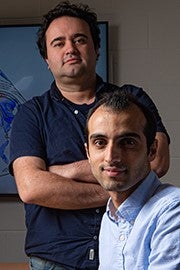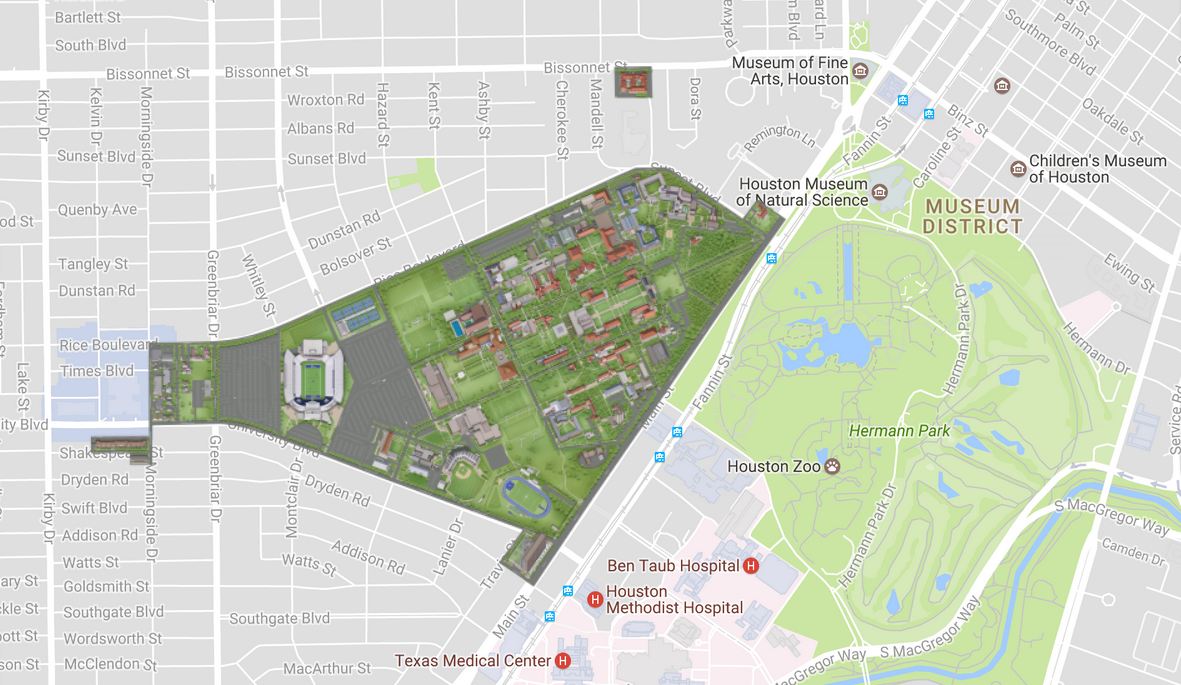D-Day, the largest seaborne invasion in history, relied heavily on weather conditions. June 5, chosen by Supreme Allied Commander General Dwight Eisenhower to be D-Day, was the first date in a narrow three-day window with the necessary weather conditions.

However, the weather on D-Day was far from ideal, and the operation had to be delayed 24 hours, until June 6, 1944. According to military planners and meteorologists, all other dates considered would have failed
In addition to defeating Nazis, accurate weather predictions are important for planning our day-to-day activities. Farmers need weather information to help them plan for the planting and harvesting of their crops. Weather forecasting is also a huge driving force in shipping. By law, planes aren't allowed to fly without first obtaining a weather briefing. The same goes for ships at sea.
However, extreme weather events such as extended hot and cold spells that can produce deadly heat waves and winter storms are entirely different. They can have dire impacts on public health, the environment, and the economy.
Forecasting the weather patterns that cause extreme weather events is challenging despite decades of efforts and advances in numerical weather prediction (NWP). Modern forecasts use mathematical models of the atmosphere and oceans to predict the weather based on current weather conditions. Even with the increasing power of today's supercomputers, the forecasting skill of numerical weather models extends to only about six days, although there is some dependence on location, season, and type of weather pattern.
Persistent weather patterns that are often the drivers of extreme events are particularly hard to forecast. Improving the forecast of such events using NWP requires using higher resolution models and running more simulations starting from almost the same weather conditions. The latter is needed to tackle the chaotic nature of the atmosphere, i.e., the famous butterfly effect. However, higher resolution models and more simulations demand enormous computational resources.
Pedram Hassanzadeh, an assistant professor in Mechanical Engineering and Earth, Environmental and Planetary Sciences at Rice University, and his PhD students Ashesh Chattopadhyay and Ebrahim Nabizadeh, recently introduced a data-driven framework that: 1) formulates extreme weather prediction as a pattern recognition problem, and 2) employs state-of-the-art deep learning techniques. Their findings were published in the February 2020 edition of the American Geophysical Union's Journal of Advances in Modeling Earth Systems.
Deep learning is a form of artificial intelligence in which computers are trained to make humanlike decisions without being explicitly programmed for them. The mainstay of deep learning, the convolutional neural network, excels at pattern recognition and is the key technology for self-driving cars, facial recognition, speech transcription, and dozens of other advances.
The advantage of a data-driven framework is that once trained on observational and/or high-resolution numerical model data, it can provide relatively accurate predictions at very little computational cost, which can augment and guide other NWP efforts by providing early warnings.

"Generally, the numerical weather models do a good job predicting weather, but they still have some difficulties with extreme weather," Hassanzadeh said. "We're trying to do extreme weather prediction in a very different way."
As a proof-of-concept demonstration, Hassanzadeh and team predicted heat waves and cold spells over North America using limited information about the atmospheric circulation at an altitude of around five kilometers, and in some cases, the surface temperature a few days earlier.
The results of their demonstration suggest that extreme weather prediction can be done as a pattern recognition problem, particularly enabled by the recent advances in deep learning. In fact, the researchers found that more advanced deep learning methods outperformed simpler techniques, suggesting potential benefits in developing deep learning methods tailored for climate and weather data.
Author: FAITH SINGER-VILLALOBOS



